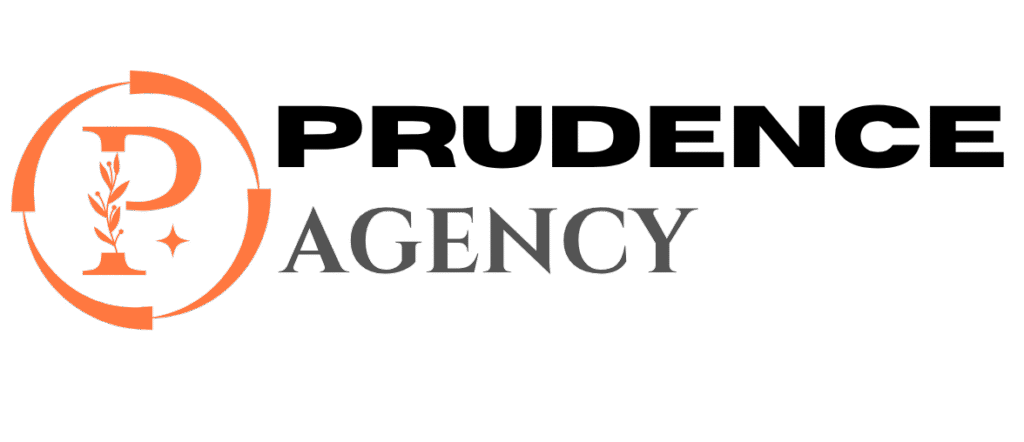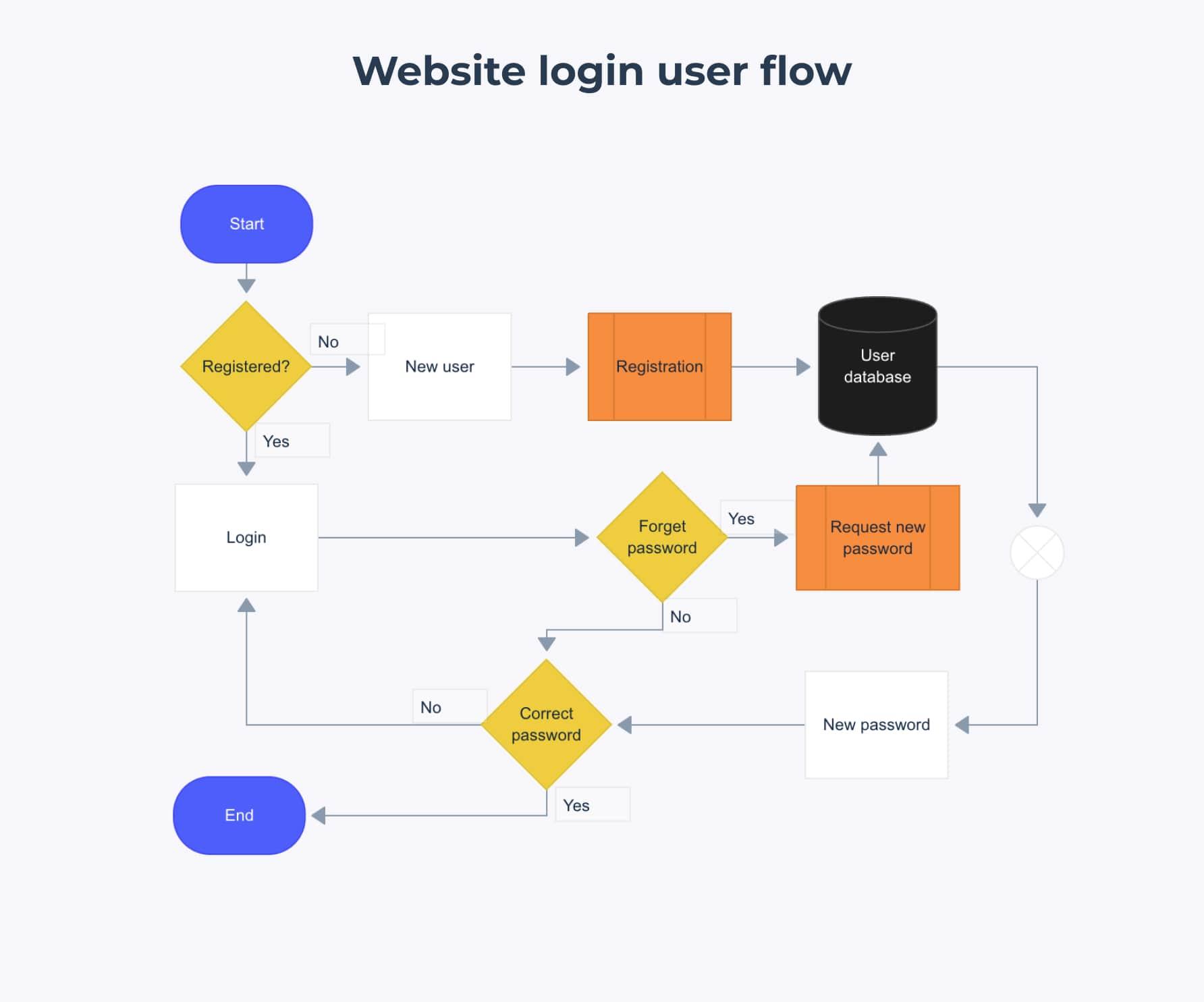How to Structure Your Website for Better User Flow
In today’s digital landscape, a well-structured website is crucial for attracting and retaining visitors. When users can easily navigate your website and find what they need, they’re more likely to stay longer, engage with content, and convert. Structuring your website for better user flow not only improves the user experience but also boosts your SEO rankings. This comprehensive guide will walk you through the essentials of designing an intuitive website layout, enhancing user navigation, and improving overall engagement.
What is User Flow and Why Does It Matter?
User flow refers to the path visitors take through your website to complete a specific task, such as making a purchase, signing up for a newsletter, or reading a blog post. A smooth and logical user flow helps reduce confusion and friction, or drop-offs, by guiding users seamlessly from one page to the next.
When structured properly, your website creates natural pathways that align with user intent, increasing satisfaction and conversions. On the flip side, a poorly structured site can frustrate visitors, leading to high bounce rates and lost opportunities.
Key Benefits of Structuring Your Website for Better User Flow
- Improved User Experience (UX): Visitors find information quickly and effortlessly.
- Higher Conversion Rates: Clear calls-to-action (CTAs) and intuitive navigation encourage users to complete goals.
- Better SEO Performance: Streamlined site architecture helps search engines crawl and index pages effectively.
- Lower Bounce Rate: Engaged users stay longer and explore multiple pages.
- Increased Accessibility: Logical flow allows users of all abilities to navigate your website easily.
Essential Elements for Structuring Your Website to Optimize User Flow
1. Define Clear Goals and User Intent
Before structuring your site, understand the primary actions users should take on your website. Identify user personas and their intents – whether it’s shopping, learning, contacting, or downloading resources. This clarity lays the groundwork for designing relevant user journeys.
2. Create a Logical Navigation Hierarchy
A simple and consistent navigation menu is key to better user flow. Organize pages into categories and subcategories that make sense from a visitor’s perspective.
- Main Navigation: Focus on 5-7 core menu items to avoid overwhelming users.
- Dropdown & Submenus: Use these sparingly to avoid confusing visitors.
- Footer Navigation: Include secondary pages like privacy policy, FAQs, and contact information.
3. Use Clear and Consistent CTAs
Strategically placed calls-to-action guide users towards conversion goals. Ensure CTAs are visually distinct, use action-oriented language, and appear at logical points within the user flow.
4. Implement Internal Linking Strategically
Linking related pages together improves navigation and boosts SEO. Internal links help users discover more content and keep them on your site longer.
5. Optimize Page Load Speed and Mobile Responsiveness
Users abandon slow-loading websites quickly. Ensure your site loads fast and looks great on all devices to maintain smooth navigation and better flow.
Practical Tips to Improve Website Structure for Better User Flow
- Sketch User Journey Maps: Visualize the typical paths visitors take to complete tasks.
- Apply the “Three-Click Rule”: Users should find what they want within three clicks or taps.
- Utilize Breadcrumb Navigation: Helps users understand their location on your website and trace back steps.
- Use Descriptive Labels: Menu items and headings must communicate clear meaning.
- Regularly Test with Real Users: Gather feedback to identify navigation problems and areas to improve.
- Leverage Analytics: Use tools like Google Analytics to understand user behavior and adjust structure accordingly.
Example: Website Structure Comparison Table
| Aspect | Poorly Structured Website | Optimized Structure for User Flow |
|---|---|---|
| Navigation | Too many menu options, unclear labels | Simple menu with 5-7 main items, clear labels |
| Homepage | Cluttered, no direct CTAs | Clean design, prominent primary CTA |
| Internal Links | Few or no internal links | Contextual links between related pages |
| Mobile Experience | Unresponsive, difficult to navigate on phone | Fully responsive, easy mobile navigation |
| Page Load Speed | Slow due to heavy images or scripts | Optimized images, clean code, fast loading |
Case Study: How Restructuring Improved User Flow and Engagement
A mid-sized e-commerce store faced challenges with high bounce rates and abandoned carts. Upon analysis, the website’s navigation was cluttered with 15+ categories and inconsistent menu labels. The homepage was crowded with various promotions competing for attention.
Actions taken:
- Streamlined navigation to 7 main categories
- Added clear CTAs like “Shop Now” and “Browse Deals” on the homepage
- Implemented breadcrumb navigation on product pages
- Optimized mobile responsiveness and page load speed
Results: Over three months, bounce rates dropped by 25%, average session duration increased by 40%, and sales conversions improved by 18%. This demonstrated how effective website structuring fosters better user flow and business success.
Conclusion: Structure Your Website to Support Seamless User Flow
Structuring your website effectively is foundational to providing a seamless user experience and maximizing your site’s success. By understanding user intent, designing clear navigation hierarchies, placing strategic CTAs, and ensuring fast, mobile-friendly pages, you create a website that visitors love to explore.
Remember, better user flow not only satisfies your audience but also enhances your SEO performance, driving higher traffic and conversions. Regularly review and refine your website architecture based on user feedback and analytics to keep your site intuitive and effective in meeting your goals.
Start restructuring your website today and watch your user engagement and satisfaction soar!











